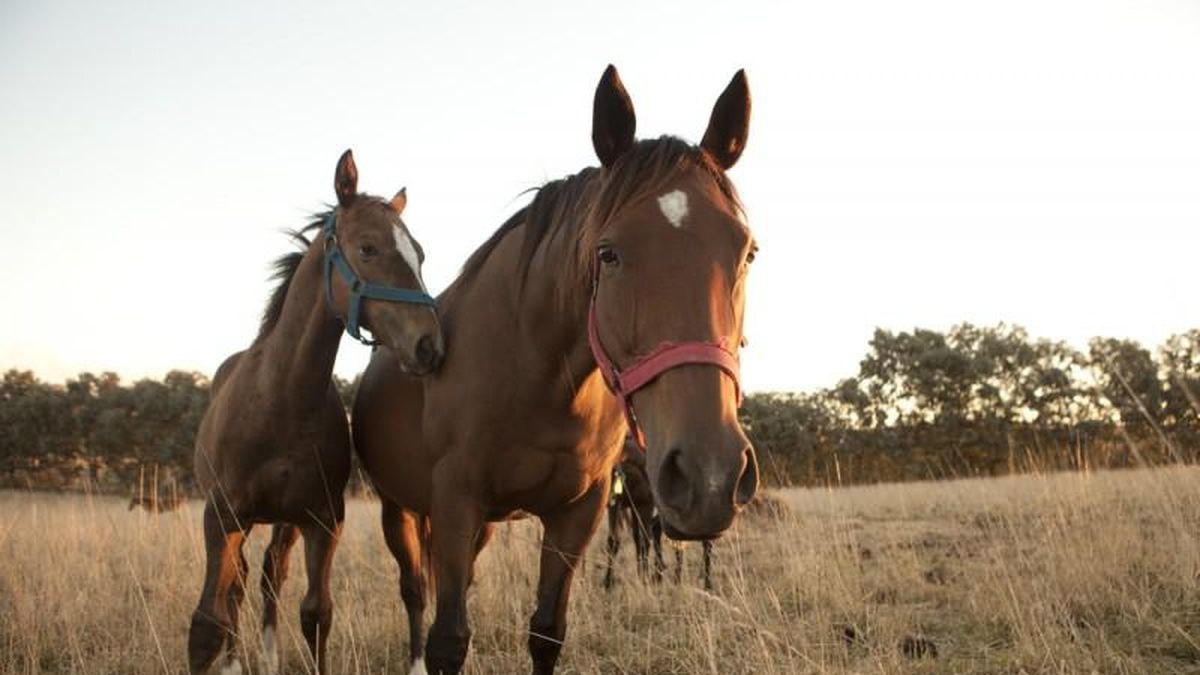A 42-year-old man who lives in the rural region of Saint Joseph, but he has no contact with horses, he is the first person who contracted Uruguay the western equine encephalitis (WEE).
The disease, which has already affected 993 horses throughout the country, is viral and although its contagion to humans is not common, it is possible.
He Ministry of Public Health (MSP) reported that at least seven other cases are under evaluation since the symptoms coincide with EEO.
How is equine encephalitis spread from a horse to a person?
Equine encephalitis is a disease caused by a virus that is transmitted through the bite of infected mosquitoes that act as vectors. Humans and horses are incidental hosts when they are bitten by mosquitoes carrying the virus, reported the Ministry of Livestock, Agriculture and Fisheries (MGAP).
The mosquito species that can transmit it are those that predominate in humid areas such as Aedes albifasciatus, Culex spp., Mansonia spp., Psorophora pallescens and Anopheles albitarsis.
Transmission of equine encephalitis.jpg
Photo: MGAP
What are the symptoms in people infected with WEE?
Equine encephalitis in humans has an incubation period of 2 to 10 days. Most cases are asymptomatic or present as mild symptoms with fever, fatigue, muscle pain and general malaise that resolve spontaneously in 7 to 10 days.
He MGAPwhich monitors the epidemiological situation, suggests that owners of establishments with equine presence avoid environments conducive to the proliferation of mosquitoes (stagnant water, tall vegetation, accumulation of objects that can serve as ecological niches) and use repellents authorized by the DILAVE.
He National Emergency System is distributing 21,000 repellents purchased to stop the spread of equine encephalitis.
The Departmental Emergency Coordination Centers will be in charge of distributing the products to health centers, police, firefighters, settlements, among others.
Source: Ambito




